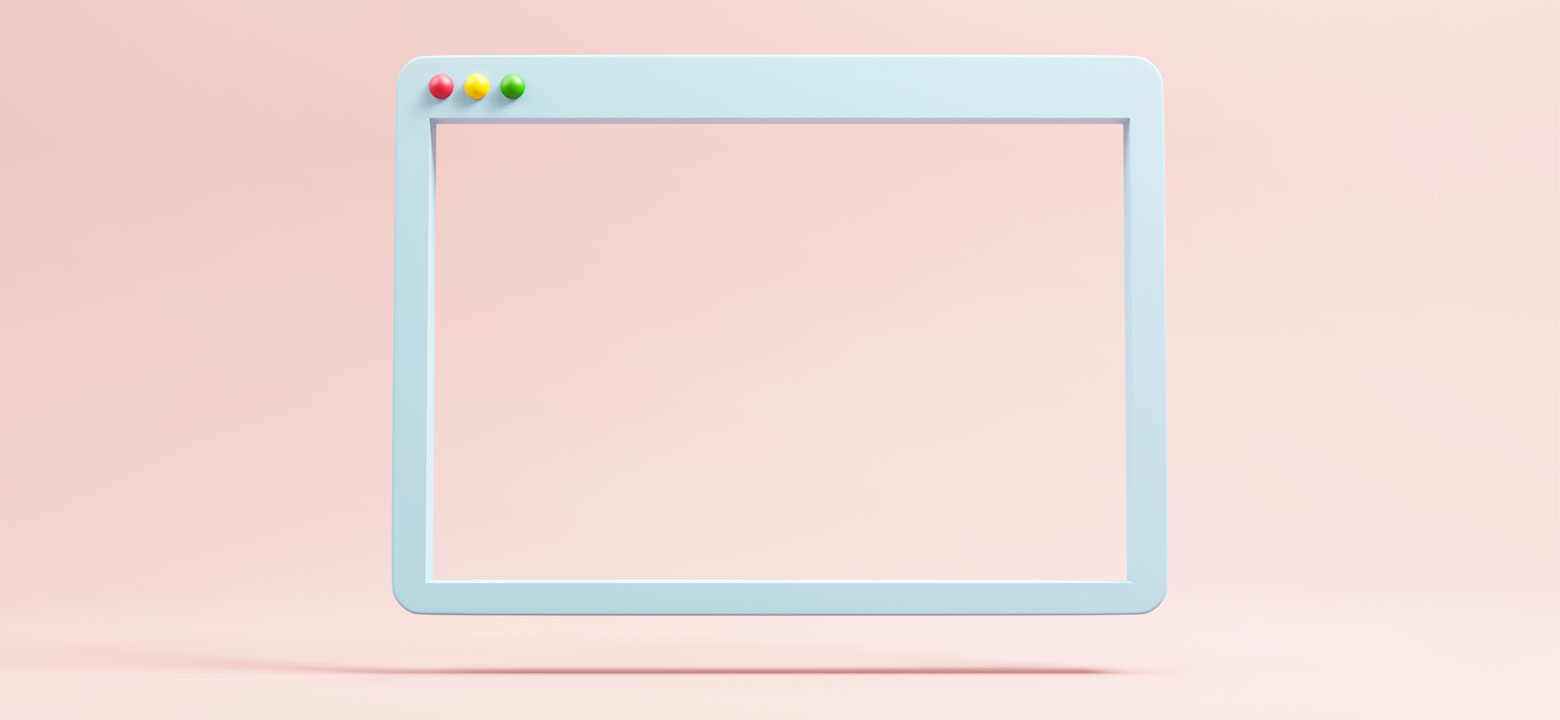
The pandemic has triggered a “maximalist” instinct in many people, leading them to fill their homes with comforting, beautiful things. That doesn't mean that minimalism has gone anywhere—there are still plenty of people who are most comfortable in a clean, uncluttered atmosphere. For many, minimalism is less of an aesthetic consideration than it is a lifestyle. Product designers are catering to this mindset.
While minimalism is a big product design trend for 2022, it's not a new idea. It arose when a group of artists working in New York in the 1960s sought to reject the often chaotic, highly subjective creations of abstract expressionism. Instead, they wanted to strip things down to their barest elements. In many cases, this meant simple geometric forms.
A big component of minimalism is an emphasis on “white space.” While not always white, this is a metaphorical way of describing breathing room. It's a place for the eye to rest, which allows decorative or informative elements to have more impact on the viewer. The current trend in product design works with this concept, treating blank spaces as a design element as opposed to a void that needs to be filled.
As both an art movement and a lifestyle, minimalism has crossed into all kinds of finished products—from the physical to the digital.
Like minimalism as an artistic movement, minimalist architecture isn't new. With the increasing tilt toward biophilic design, it's an ideal way to create an environment that showcases natural elements. With few design flourishes to get in the way, minimalist architecture can put the emphasis on the textures of stone and wood, as well as the addition of live plants and skylights. Form follows function, and no material or space is wasted. Japanese architecture has informed much of modern minimalism.
Three-dimensional design elements are a hallmark of sites from the 90s-2000s. Now, sites embracing a modern aesthetic have migrated to a very flat design. Instead of using shading to give embedded images or site buttons more dimension, they communicate information using text, simple shapes, and few colors. It's an ideal setup for e-commerce and portfolio sites, as the uncluttered, minimalist environment puts the viewer's focus entirely on the content.
Minimalist user interfaces come with another advantage: They're less complicated. New or inexperienced users are less likely to be visually overwhelmed when there aren't a lot of competing design elements, leading to a more relaxing, user-friendly experience.
Following the concepts of minimalism on the web and in architecture, this design trend is perhaps most prevalent in the home. This is what has guided much of the modern trend toward minimalist products—if people are embracing a lifestyle of minimalism, and extending that to their possessions, they're going to be drawn to products that exhibit this philosophy.
Even things like the packaging of personal care products have embraced this shift. They're designed to be decorative as well as functional, to help create a relaxing, minimal, spa-like atmosphere in the home. Labels in solid white or black and simple text logos communicate product information with a minimum of fuss or distraction, and, most importantly, don't detract from the environments in which they're placed. As a result, users are more likely to display them where visitors can see, serving as an advertisement for the product.
The turn toward sustainability also goes hand-in-hand with minimalism. As consumers grow more conscious of their households' carbon footprints, they're paring down their possessions and choosing items with more intention. They're less likely to purchase a product unless it really fits with their lifestyle and philosophy, and minimalist product design speaks to the desire to reduce waste.
Minimalist product design is more complicated than it seems. It's often said that something is finished not when nothing else can be added, but when nothing else can be taken away. This is the guiding idea behind minimalism—removing all extraneous elements until nothing is left behind but the purest distillation of a concept. In design, this means embracing simplicity and giving the viewer room to breathe.